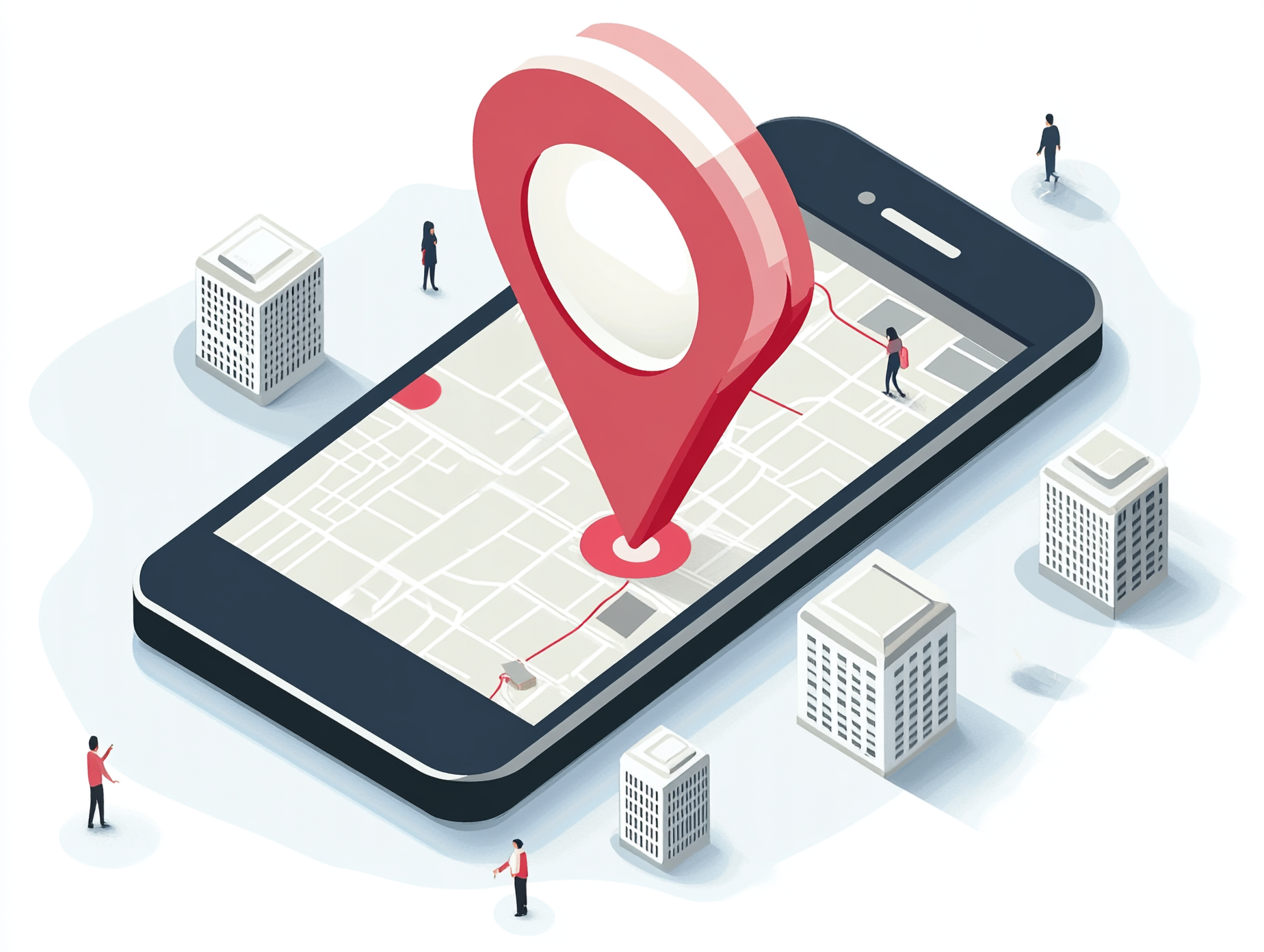Table of Contents
- Introduction
- The Origins of Pin Codes
- The Birth of Organized Addressing
- Adoption in India: A Six-Digit Solution
- Why Pin Codes Were Revolutionary
- Simplifying Mail Sorting
- Enabling Geographic Categorization
- Google’s Role in Transforming Pin Codes
- The Integration of Digital Mapping
- E-commerce Logistics and Address Validation
- The Future of Pin Codes
- From Static Numbers to Dynamic Digital IDs
- Role in Smart Cities and Autonomous Deliveries
- Conclusion
Introduction
Pin codes, or postal codes, have long been the backbone of global communication and logistics. But how did they start? How have tech giants like Google revolutionized their use, and what could the future hold for these seemingly simple yet powerful identifiers?
The Origins of Pin Codes
The Birth of Organized Addressing
Pin codes emerged from the necessity of organizing increasingly complex postal systems. Germany introduced the first postal codes in 1941 to aid in military logistics, which later influenced global adoption.
Adoption in India: A Six-Digit Solution
India implemented pin codes on August 15, 1972, under the leadership of Shriram Bhikaji Velankar. The system divided the country into nine postal zones to streamline sorting and reduce delays in mail delivery.
Why Pin Codes Were Revolutionary
Simplifying Mail Sorting
By associating geographic regions with unique numbers, pin codes eliminated ambiguities in manual sorting, drastically improving efficiency.
Enabling Geographic Categorization
Pin codes became essential tools for demographic analysis, emergency response, and urban planning by providing a structured geographic identifier.
Google’s Role in Transforming Pin Codes
The Integration of Digital Mapping
Google Maps has redefined the role of pin codes by integrating them with geospatial data. Instead of relying on static numbers, Google’s algorithms associate pin codes with real-time, precise locations, improving address accuracy.
E-commerce Logistics and Address Validation
Pin codes are indispensable for e-commerce platforms. Google’s API services help companies validate addresses, estimate delivery times, and optimize routes.
The Future of Pin Codes
From Static Numbers to Dynamic Digital IDs
The evolution of pin codes is leaning toward “digital IDs” that offer hyper-specific location tagging, suitable for drone deliveries and autonomous vehicles.
Role in Smart Cities and Autonomous Deliveries
In smart cities, pin codes may be linked to IoT systems, integrating with sensors to enhance urban management, emergency services, and logistics.
Conclusion
Pin codes have evolved from a postal necessity to a cornerstone of digital logistics. With Google and other innovators reimagining their use, the humble pin code is poised for a future where it transcends traditional boundaries, enabling smarter, more efficient cities.









Leave a Reply